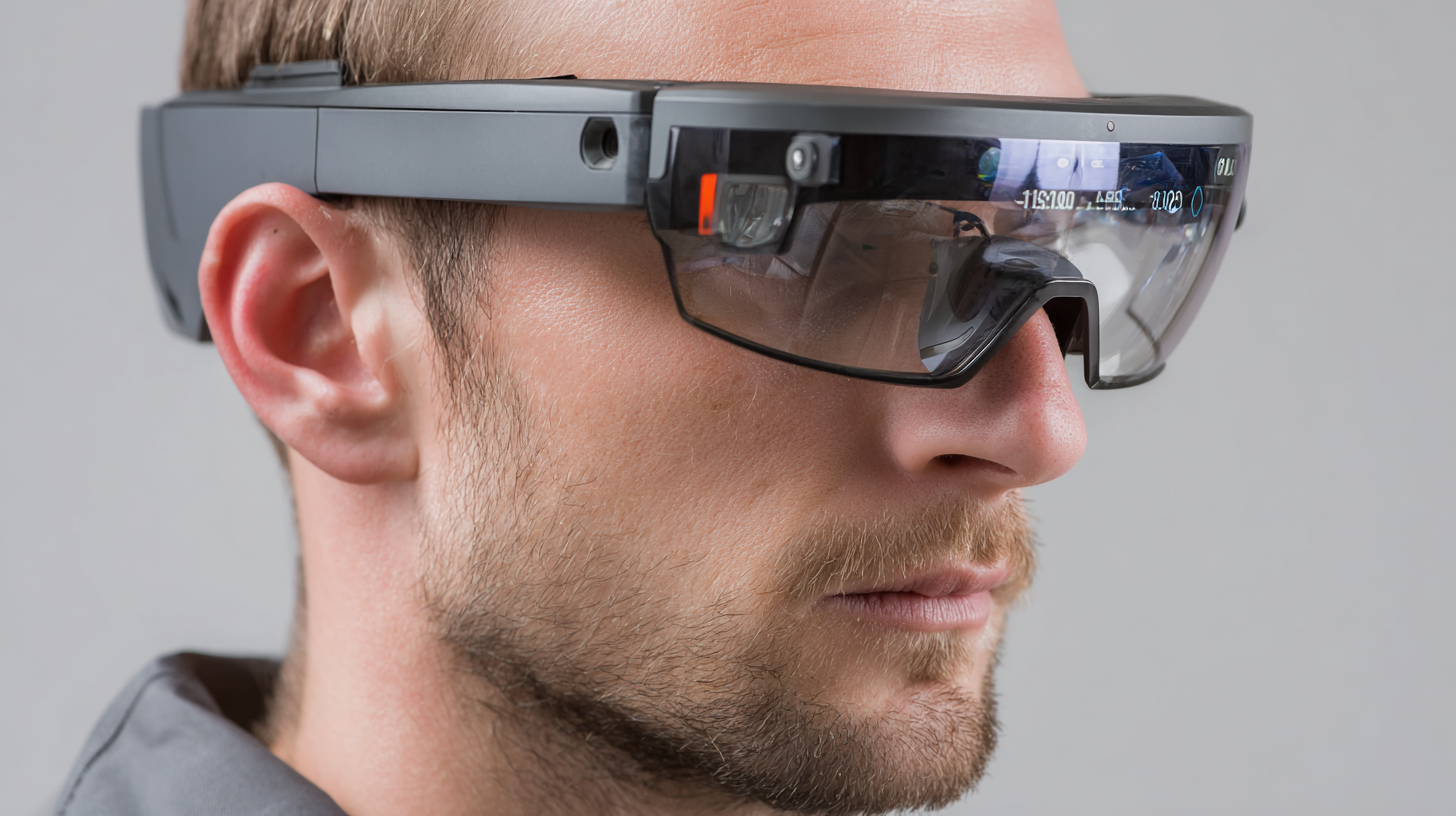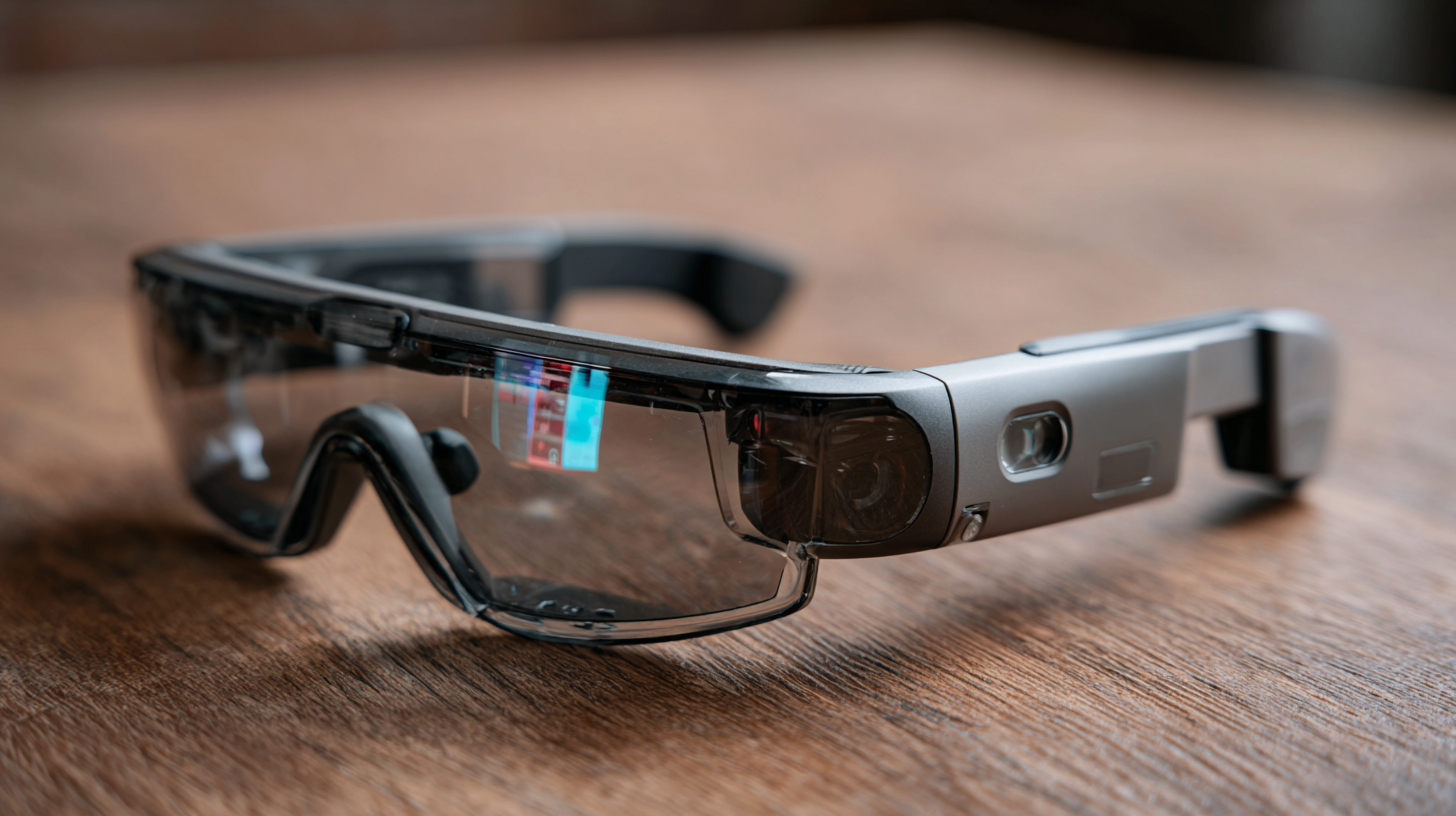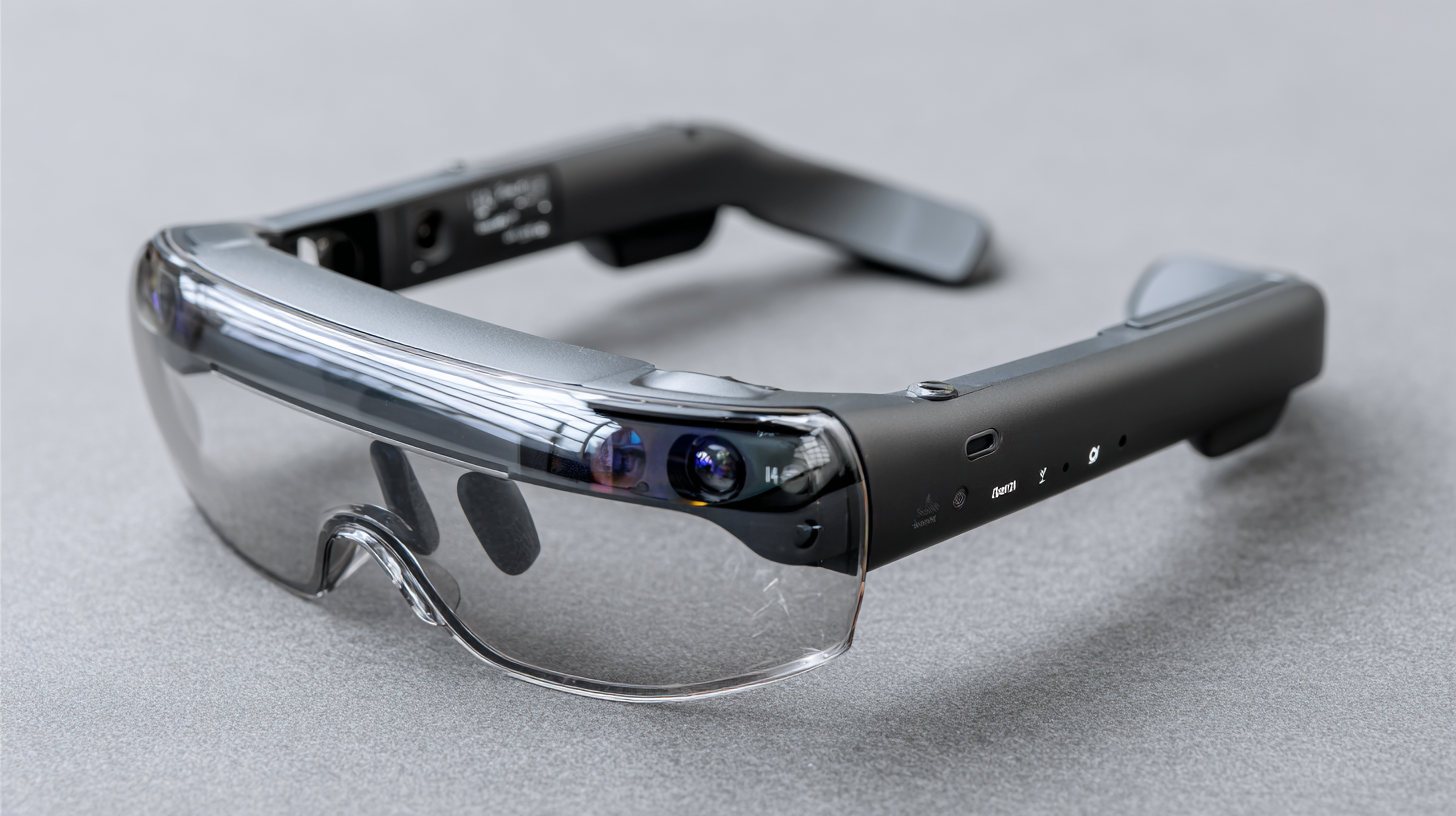 +86-13613020876
+86-13613020876



As the technology landscape evolves, the demand for innovative wearables has skyrocketed, particularly in the realm of Smart Glasses. According to a recent market analysis by MarketsandMarkets, the global smart glasses market is projected to grow from $1.2 billion in 2020 to over $7.5 billion by 2025, driven by advancements in augmented reality (AR) and the increasing adoption across various sectors such as healthcare, retail, and entertainment. However, navigating the myriad of industry standards and certification requirements can be daunting for both manufacturers and consumers. This blog aims to shed light on the essential quality assurance measures necessary for the development of Smart Glasses, while also exploring alternative technologies that could shape the future of wearable devices. By understanding these dynamics, stakeholders can better position themselves in a rapidly changing market environment.

In the rapidly evolving landscape of smart eyewear, understanding the importance of certification is crucial for manufacturers aiming to ensure quality and compliance with industry standards. As the market for smart glasses continues to expand, driven by innovations in augmented reality (AR) and integration with various technologies, certification becomes a vital aspect of building consumer trust. Effective certification not only signifies that a product meets essential safety and performance standards but also enhances its marketability in a competitive environment.
Recent developments in the remote testing, inspection, and certification market underscore the growing recognition of these services within the eyewear industry. With projections estimating significant growth in this sector, manufacturers are increasingly compelled to validate their products through rigorous testing and inspection processes. This trend highlights the need for businesses to adopt robust quality assurance measures that align with evolving regulatory expectations. As companies navigate these complexities, having a comprehensive understanding of certification requirements will enable them to deliver reliable, high-quality smart eyewear that meets consumer demands and paves the way for success in the marketplace.
| Standard Name | Certification Body | Key Requirements | Validity Period | Region Applicable |
|---|---|---|---|---|
| IEC 62368-1 | International Electrotechnical Commission | Safety requirements for sound, information and communication technology | 3 years | Global |
| ISO 9241-11 | International Organization for Standardization | Usability and user experience requirements | 5 years | Global |
| FCC Part 15 | Federal Communications Commission | Limits for electromagnetic interference | Indefinitely, subject to product changes | United States |
| RoHS Directive | European Union | Restriction of hazardous substances in electronic equipment | N/A | European Union |
| ANSI Z87.1 | American National Standards Institute | Requirements for eye and face protection devices | 3 years | United States |
When selecting smart glasses, understanding key industry standards is crucial to ensuring quality and performance. According to a recent report by the Consumer Technology Association (CTA), over 40% of consumers prioritize device compatibility and safety features when choosing smart wearables. Thus, certifications such as CE, FCC, and RoHS are essential indicators of quality assurance. These standards ensure that smart glasses meet essential safety and environmental regulations, providing users with peace of mind regarding their purchases.
**Tips:** Always check for the CE marking in Europe, which guarantees compliance with health, safety, and environmental protection standards. Additionally, verify if the smart glasses have undergone rigorous testing for wireless communication interference, as outlined by industry standards like IEEE 802.11.
Moreover, performance specifications like battery life, display quality, and user interface are critical. A study by Market Research Future suggests that devices offering at least 8-10 hours of battery life with high-definition displays are increasingly popular—pointing to the industry's shift towards user-centric design and functionality.
**Tips:** Before purchasing, test the glasses in-store or look for user reviews that specifically mention battery performance and display clarity. Ensuring these features align with industry standards can boost satisfaction and enhance the user experience.

When considering the purchase of smart glasses, understanding the quality assurance processes employed by manufacturers is crucial. Quality assurance not only ensures that the product meets certain performance standards but also guarantees that it complies with industry certifications. Manufacturers typically follow a series of rigorous testing protocols, from material durability to software functionality, to confirm that their smart glasses are reliable and safe for consumer use.
**Tip:** Always inquire about the types of certifications a manufacturer holds, such as CE, FCC, or ISO. These certifications indicate adherence to specific industry standards and can provide insight into the manufacturer's commitment to quality.
Additionally, transparency in the manufacturing process is a hallmark of reputable smart glasses producers. A trustworthy manufacturer will share information about their quality control measures, including design reviews, component testing, and end-of-line inspections. Ensuring these practices are in place can save consumers from potential issues down the line.
**Tip:** Look for customer reviews and testimonials regarding product quality and durability. This feedback can reveal how well the glasses stand up to real-world use, beyond just the specs and marketing claims.
When researching potential smart glasses suppliers, it’s crucial to evaluate their adherence to industry standards and certification requirements. According to a report by the Consumer Technology Association (CTA), the global AR and VR headset market is projected to reach $12 billion by 2024. This growth is driven by advancements in quality and functionality, which makes it indispensable to choose suppliers that comply with established benchmarks. Look for certifications like CE, FCC, and ISO, which indicate that the products meet safety and performance standards recognized globally.

Additionally, consider the supplier's track record regarding quality assurance. Data from the International Organization for Standardization indicates that organizations implementing stringent quality management systems witness up to a 20% reduction in product defects. Therefore, selecting suppliers with a robust quality assurance process is vital not only for compliance but also for ensuring customer satisfaction and product longevity. Engaging with suppliers who demonstrate their commitment to these standards can significantly enhance the reliability of the smart glasses you choose to invest in.
When it comes to selecting the best smart glasses, evaluating the reliability and reputation of brands is crucial. A strong brand reputation often reflects not only the quality of the product but also the level of customer service and post-purchase support. Consumers should look for brands that have established a history of delivering dependable products and maintaining satisfied customers. Checking user reviews, expert analyses, and case studies can provide valuable insights into how a brand performs in real-world scenarios.
Moreover, certification and compliance with industry standards serve as a vital benchmark for quality assurance. Brands that pursue relevant certifications demonstrate their commitment to meeting safety and performance requirements. This becomes especially important as smart glasses integrate more advanced technologies, such as augmented reality and connectivity features. By choosing brands that prioritize these standards, consumers can gain confidence in their purchase, knowing they are investing in reliable technology that meets safety protocols and delivers on promised functionality.
